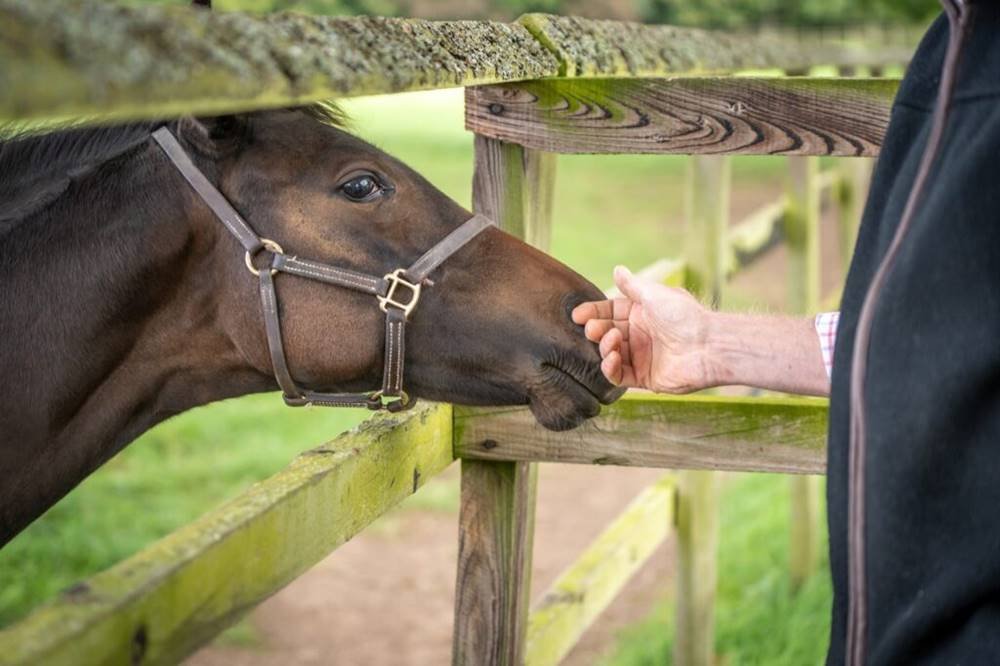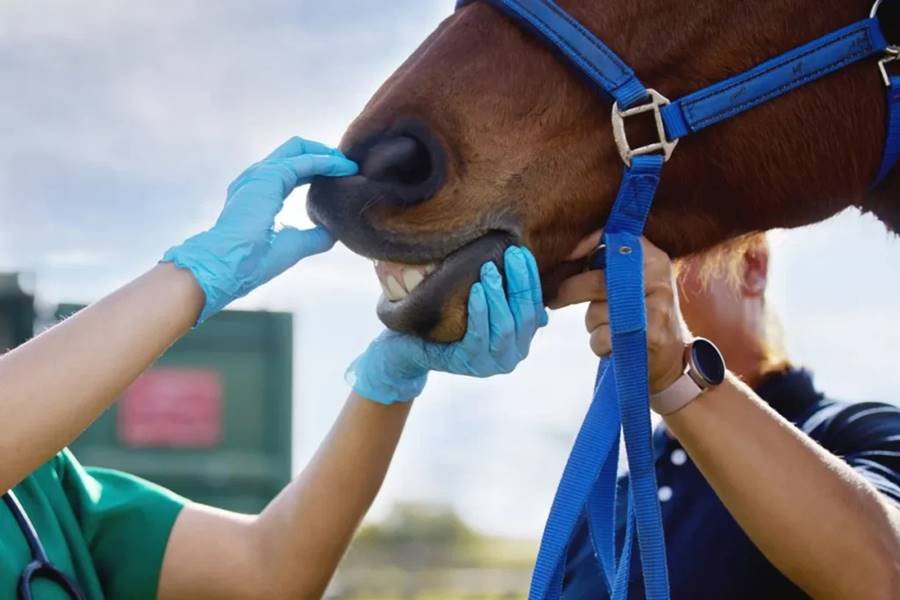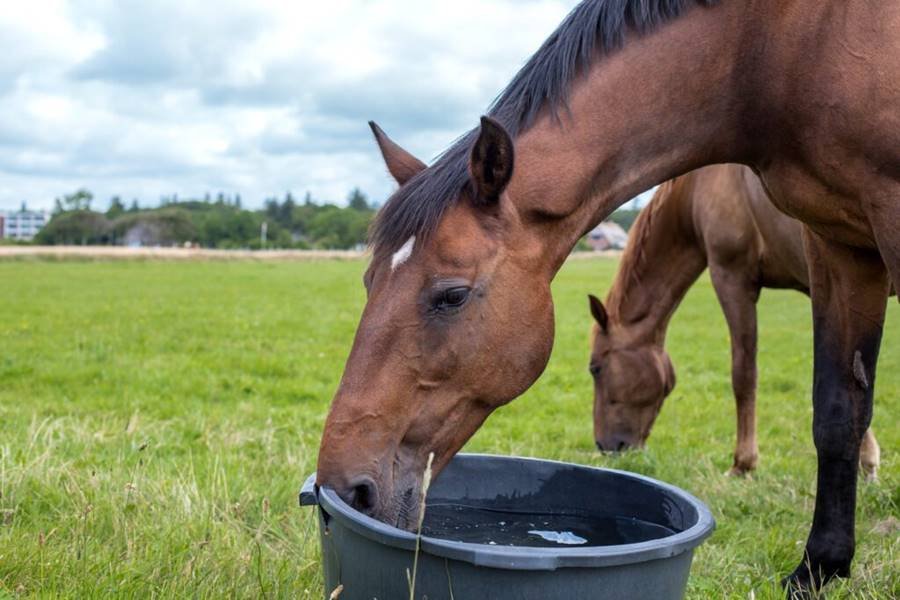A horse’s kick can be incredibly strong and powerful, making it potentially dangerous, especially if the horse is startled, agitated, or defensive.
The force of a horse’s kick depends on factors like the horse’s size, strength, and the intensity of the kick. Here’s an overview of how strong a horse’s kick can be:
1. Force of the Kick
- A horse‘s kick can deliver anywhere from 2,000 to 3,000 pounds of force per square inch (psi). This immense power comes from the horse’s large, strong hindquarters, which are designed for fast acceleration and jumping.
- The hind legs of a horse are its most powerful limbs, and when they kick, they can strike with significant force. This is why a horse’s kick can be dangerous, especially in situations where it feels threatened.
2. Types of Kicks
- Forward Kick (The “Cow Kick”): This type of kick occurs when the horse kicks forward, often aimed at the person or object in front of them. It may be less common but can still deliver considerable force.
- Rearward Kick: A rearward kick is often directed at something directly behind the horse. This is the most common type of kick that occurs when horses are startled or feel threatened by something in their space.
- Sideways Kick: A sideways kick can be aimed at something beside the horse. This type of kick is sometimes seen in aggressive or defensive situations.
3. Kicking Power in Context
- Horse’s Strength: Horses are large animals, with some breeds like draft horses weighing over 1,500 pounds. The sheer muscle mass and power in their hind legs give them the ability to kick with extreme force.
- Potential Damage: A horse’s kick can cause serious injuries, including broken bones, internal injuries, or blunt trauma, especially to a person’s ribs, chest, or legs. A kick to the head can be fatal.
4. Kicking Speed
- Horses can deliver a kick at a speed of around 25 miles per hour (40 km/h), depending on the horse’s size, energy, and the situation. This means that even if you’re at a distance, the speed and force can catch you off guard.
5. Why Horses Kick
- Horses typically kick when they feel threatened, scared, or cornered. It’s a natural instinct to defend themselves against perceived dangers. Sometimes, a horse might kick playfully, but in many cases, it’s a defensive or aggressive behavior.
- A horse might also kick when it feels discomfort, is frustrated, or hasn’t been trained to accept handling in sensitive areas, such as the hindquarters.
6. Precautions
- Safety First: It’s important to always approach a horse from the front or side, where it can see you coming. Be mindful of the horse’s body language and respect its space, especially around its hind legs.
- Proper Training: Teaching a horse to accept handling around its hindquarters can help reduce the risk of it kicking out. Training horses to respond to cues properly and reinforcing positive behaviors are essential steps for rider and handler safety.
Conclusion:
A horse’s kick can be extremely strong and dangerous, capable of delivering thousands of pounds of force. This is why it’s essential to handle horses carefully and with respect, especially around their hindquarters. Proper training and safety precautions are crucial in preventing injuries from horse kicks.




